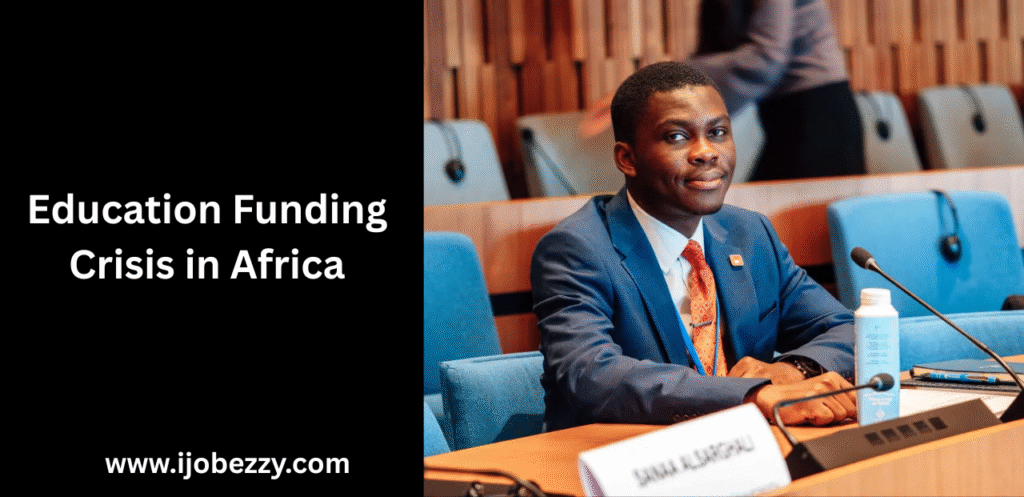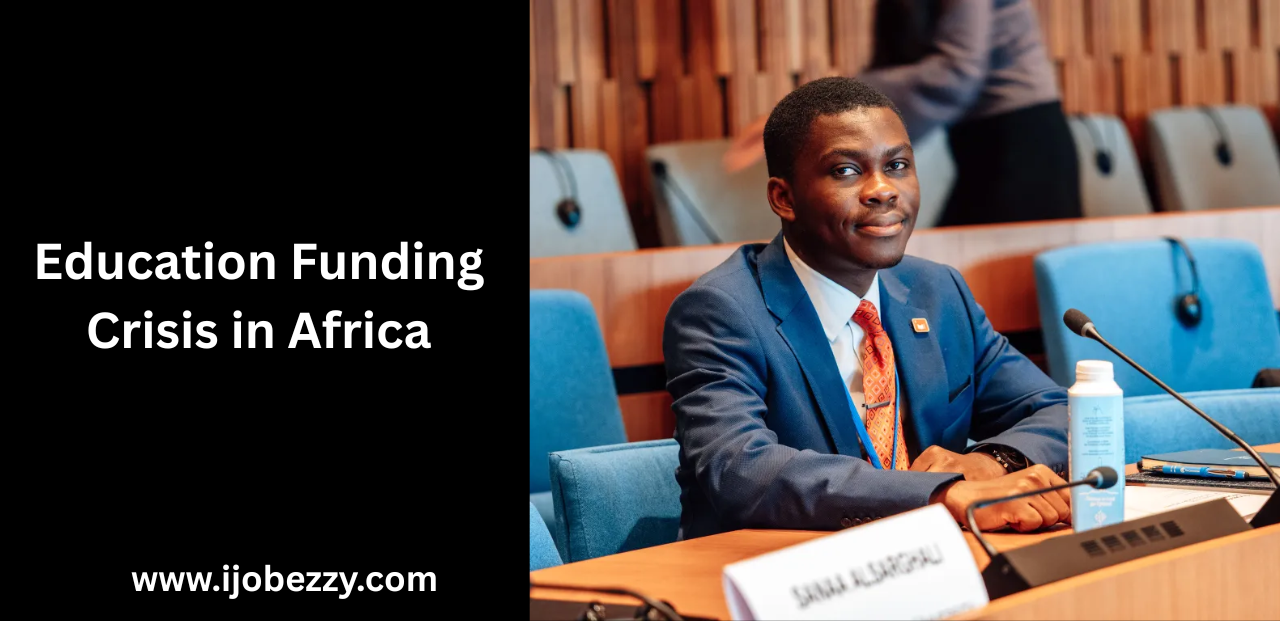In an era where the silence of empty classrooms in many African communities has become more dangerous than violence or disease, a critical question emerges: how can we secure education for all in the face of dwindling international aid?Education Funding Crisis in Africa
With 272 million children and youth out of school, and 28 out of every 100 children in Africa missing education opportunities, the future is indeed hanging in the balance. The numbers are more than statistics—they reflect broken dreams and a generation whose potential may never be realized.Education Funding Crisis in Africa
A Crisis in the Making
Education completion and learning levels have shown improvement over the past 20 years, with African countries registering gains faster than much of the rest of the world. But this progress is fragile. Aid to education fell sharply in 2024, and worse still, deeper cuts are anticipated.Education Funding Crisis in Africa
According to the latest UNESCO Global Education Monitoring Report:
- Education aid could fall by one-third in Madagascar and Mali.
- Chad and Liberia may lose half of their education budgets due to funding cuts.
- In the poorest countries, aid accounts for up to 50% of their education spending.
If these projections come true, the consequences will be catastrophic for young people—especially in Africa.

A Call to Action from the Youth
As Chairperson of the Commonwealth Youth Council, representing over 1.5 billion young people across 56 nations, I urge donors and governments to protect education financing. We, the youth, are the ones whose futures are on the line.Education Funding Crisis in Africa
Currently, for every $10 spent in aid:
- Only $2 goes to the poorest countries.
- A sizable 14% is diverted to scholarships in donor countries, benefiting individuals, but not building local education systems.Education Funding Crisis in Africa
This must change.Education Funding Crisis in Africa
The Unmet Targets
There’s a $97 billion annual financing gap preventing low- and lower-middle-income countries from meeting SDG 4—quality education for all. Half of the required funding in low-income countries remains unfunded.
If donor countries fulfilled their 0.7% GNI aid pledge and prioritized education, especially basic education, an additional $29 billion could be raised annually—covering nearly one-third of the gap.
This isn’t just a financial failure—it’s a failure of commitment and vision.
Seville: A Moment for Change
This month’s IV Conference on Financing for Development in Seville offers a pivotal moment. We need:
- More robust, sustainable education funding.
- Increased support for multilateral financing mechanisms.
- Greater alignment of aid with national plans.
- A shift toward system-wide and institutional capacity building.
- Policies that lower the cost of living while supporting public goods in education.
Young people are ready to lead, advocate, and mobilize. But we need leaders to match our ambition with bold action.
The Role of Innovation and Efficiency
As funding becomes scarce, innovation must become a cornerstone of education strategies. Governments and stakeholders need to leverage technology to deliver low-cost, high-quality education to remote and underserved areas. Digital platforms, open educational resources, and community-driven learning models can help bridge the gap where traditional classrooms fail.
Additionally, reducing inefficiencies—such as minimizing administrative overhead and focusing resources on teachers and essential learning materials—can stretch every dollar further. Partnerships with the private sector, civil society, and youth-led initiatives will be critical in ensuring that education remains inclusive, resilient, and future-ready, despite financial uncertainties.
More Jobs
CIA Technical Careers 2025 – Apply Now for Top STEM Jobs
The Time is Now
The 2030 Agenda is within reach—but only if we act. Let’s not allow education to become a casualty of political inertia or shifting global priorities.
Because when we educate a child, we do more than teach them to read—we invest in peace, progress, and prosperity for all.
Our future is at stake. Let us not look away.
